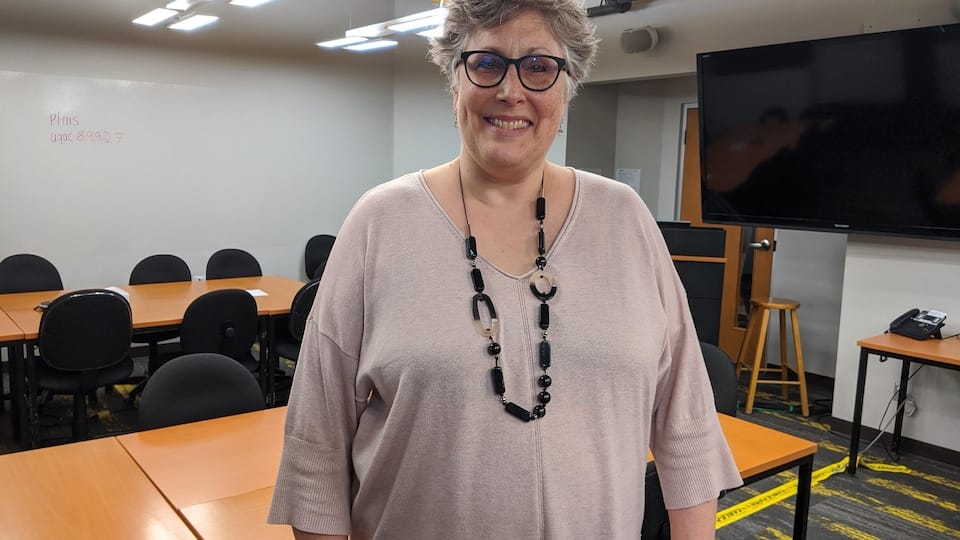Pascale Ouellet Dufour knew as soon as she began her medical studies at the University of Quebec in Chicoutimi (UQAC), via the University of Sherbrooke, that she wanted to practice in Mashteuiatsh.
My family is extremely happy that I can come and settle down for good.
she shared.
The family doctor will share her practice between the community and the Roberval hospital. Pascale Ouellet Dufour will complete her residency in Ottawa at the end of the month.
She was drawn to family medicine because of the diverse practice available to her.
I will also work at the prison in Roberval, at the detention centre. As for the 50% in the community, it may vary between home care, there is also long-term care for seniors and also the health center
she explained.
In 2016, Pascale Ouellet Dufour was one of five Indigenous people admitted to medicine in the province.
Increasing the number of Aboriginal physicians can help improve First Nations confidence in the health care system.
For an Aboriginal person, being able to interact with someone from their culture, their nation, will greatly increase their sense of security.
explained Sharon Hatcher, Associate Dean at the Saguenay Medicine Campus.
A growing number of students
Since the establishment of the First Nations and Inuit Physician Training Program in Quebec in 2008, the number of students has increased.
We have 73 doctors who are either in the school process or who have completed their studies and to this is added to 15 students who have joined the regular contingent.
explains Jessie Messier, interim health services manager for the First Nations of Quebec and Labrador Health and Social Services Commission.
Students must go through a selection process. Now the admissions process is basically having an R score, at the college level, of 28 and above and after that, students have to participate in a one-on-one interview
said Ms. Messier.
at theUQACthe number of places reserved for First Nations students has increased.
” There were four positions associated with First Nations, it has grown to six and now there are eight admissions positions. […] That’s dozens and dozens of aboriginal doctors, compared to before, when there were very, very few. »
The number of places is gradually increased, she says. Once admitted, Indigenous students follow the same academic path as all students.
Give back to the community
Many, like Pascale Ouellet Dufour, want to give back to their community, especially since the issues related to First Nations are numerous in the health system.
I find that there is a good awareness at the level of the population, then we are having a movement that is going in the right direction, she believes. I find it even more relevant to be involved and to make things happen.
The young woman receives several messages from young Aboriginal people who ask her for advice on studying medicine. Take it one step at a time, she advises. Try to have a balance in your life. I find that the world sees it so big and they forget to take care of themselves.
Students who wish to practice medicine with Aboriginal communities can also do so in an urban setting, recalls Sharon Hatcher.
That doesn’t mean you absolutely have to practice in a remote community, or anything. More than 50% of the Aboriginal community in Quebec is in an urban environment, she points out. Having specialist Indigenous doctors in major cities in Quebec also has an impact. The idea of diversity, of equity, is to have this diversity, everywhere, in the medical profession.
School perseverance remains an issue upstream of medical training, she also points out, in order to support young people in the communities to complete their secondary and college studies.
With the creation of a new natural sciences program at the Kiuna Institute, located in Odanak, in the Centre-du-Québec region, stakeholders are hoping to see even more Aboriginal people obtain a medical degree.
Based on a report by Laurie Gobeil
Reference-ici.radio-canada.ca
